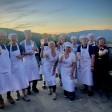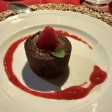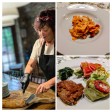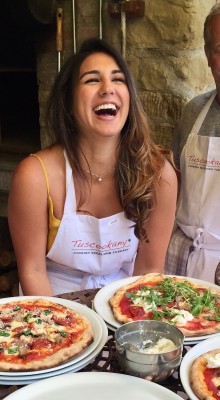Feast your eyes on your dish before savouring it. Do you know the importance of food plating?
March 4, 2021
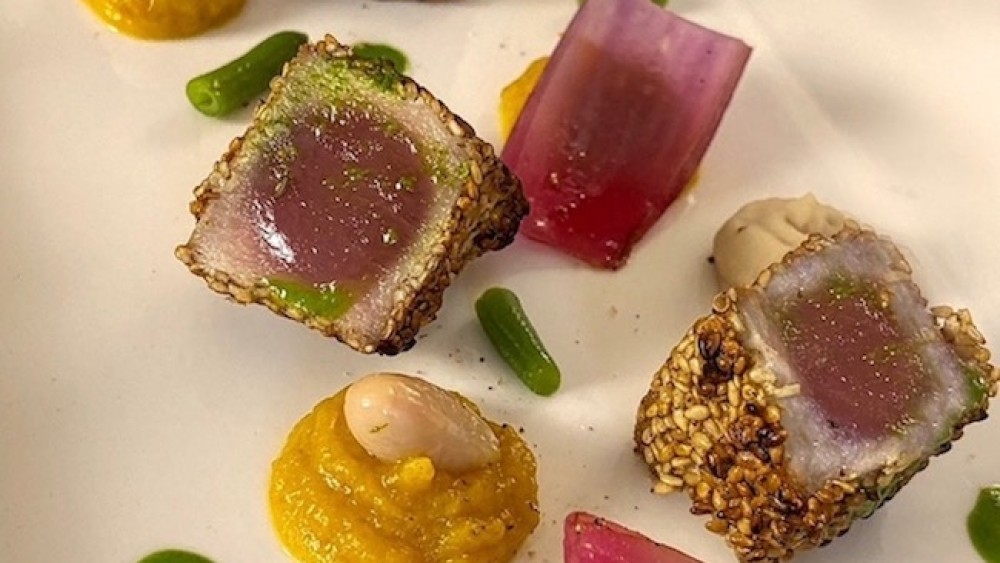
Feast your eyes on your dish before savouring it. Do you know the importance of food plating?
In celebration of February being Italian National Art Month, we would like to share our love of art. Tuscany is the birthplace of the renaissance and therefore art surrounds us. But, first and foremost, we love the art that we can eat. Please keep reading if you want to learn more about the art of cooking and plating food!
Italy is well known for its art and people from all over the world come to visit to see and learn about this part of the Italian heritage. The centre of art in Italy is Tuscany and it takes great pride in being the birthplace of the Renaissance. The region is believed to have the largest concentration of Renaissance art and architecture in the world. Although Etruscan, Romanesque, Gothic and Baroque influences are also seen in Tuscany, Renaissance remains the most characteristic. Florence is one of the world's most important watercolour centres, so much so that it is often nicknamed the "Art Palace of Italy". The Renaissance in Tuscany is the period from about 1400-1600. This period runs parallel with new developments that occurred in philosophy, literature, music, science and technology. Renaissance art took, as its foundation, the art of Classical antiquity. Painters such as Cimabue and Giotto, the fathers of Italian painting, lived in Florence and Tuscany, as did Arnolfo and Andrea Pisano who were known for their architecture and sculptures; Brunelleschi, Donatello and Masaccio, forefathers of the Renaissance; Ghiberti and the Della Robbias, Filippo Lippi and Angelico; Botticelli, Paolo Uccello, and the universal genii of Leonardo da Vinci and Michelangelo too.
When you visit one of our Cooking School villas we highly advise you to visit some of the countless museums in Tuscany. Here are some tips on where to go: Tripadvisor.com. Even when driving to our Cooking School in Tuscany, through the breath-taking Tuscan countryside, architecture from the renaissance will stand out in the old villages.
But, in true Tuscookany style, our favourite art is food art! We like to consider our chefs to be artists, not only whilst cooking but also when plating. Plating is often overlooked as part of the art of cooking. Chefs are becoming more and more innovative when it comes to cooking their dishes. Many chefs are crossing the boundaries of science and art to create new and interesting meals. Food presentation is the best way for our chefs to bring their personality into a dish. How you choose to present food to your guests is an art form and you get to choose what that art looks like. With a little extra time spent plating you can utilize the texture, colour, and taste of the food to create a masterpiece on the plate, a story for your guests to read first with their eyes, and then with their taste buds! You can bring the culture of the food to the surface of the dish with traditional presentation or make something totally unique with a more abstract technique. Food presentation is the key to pulling all five senses into the experience of eating. At Tuscookany we invite you to join the chef during the plating time to learn more and be inspired.
Even in Ancient Roman times banquets were an important social event. They were usually hosted in private residences for friends and clients. The Romans placed great focus on the appearance of their dining room (triclinium). They were decorated with murals and mosaics as well as lavish sculptures and furniture. The overall purpose of a private banquet was entertainment, not only through live performances, but also through the presentation of the food itself.
Whilst diners have always eaten with their eyes first, the popularity of social media has made flawless food presentation the expectation for the restaurant dining experience. This trend has also led to more creative presentations of food and a greater emphasis on plating. One of our favourite must be the classic pasta nest, which is made by swirling spaghetti in the middle of the plate. See here how you can master this: Italymax.com
However, there are many ways you can plate pasta, as there are so many different types of pasta. Get creative! If you want to learn more about the different types of pasta why not read our blog on this. Pasta was invented by Italians and has become symbolic for their kitchen.
Until the time comes when you can join us for a fun-filled cooking vacation at Tuscookany here are some of the most important plating tips to get those mouths watering.
1. Avoid overloading the plates
Your dish won’t be very attractive if the meat is swimming and your vegetable garnish has sunk into an ocean of sauce. Don’t be afraid of blank spaces on plates as it helps to highlight your composition. Remember that less is more, so if you overload your plate with too large a portion, you’ll make the food less precious and valuable.
2. Alternate forms and volumes
Try to mix crisp and soft, large and small and dark and light elements. In some cases you can use the sauce as decoration. Serve additional sauce on the side or in a small stylish jug. Slice vegetables and fruits using varied and surprising combinations to make great looking garnishes.
3. Think about playing with contrasts and colours
Vary the look of your plate presentation through the colour of cooked food or adding colourful decorative elements. Cherry tomatoes or sundried tomatoes are a good element to add some red. Try a sprig of fresh herbs, the most commonly used currently being chervil. The technique of “blanching” will be very useful as it allows you to keep the vivid green of vegetables by boiling them for a short time and then plunging them into iced water.
4. Observe a half-inch space or more between food and the edge trim of the plate
To keep the eyes focused on the food, don’t hesitate to leave a regular blank space between your composition and the edge of the plate. If you have nice decorative plate it would a shame to hide it!
That’s all for this short reminder about food presentation! If you’re interested about this subject please go and check out our previous article links about the art of plating a dish and the tools to create professional looking food presentations.
Please share your thoughts about food plating? We’d love to hear from you in the comments below, or share our post with your friends?
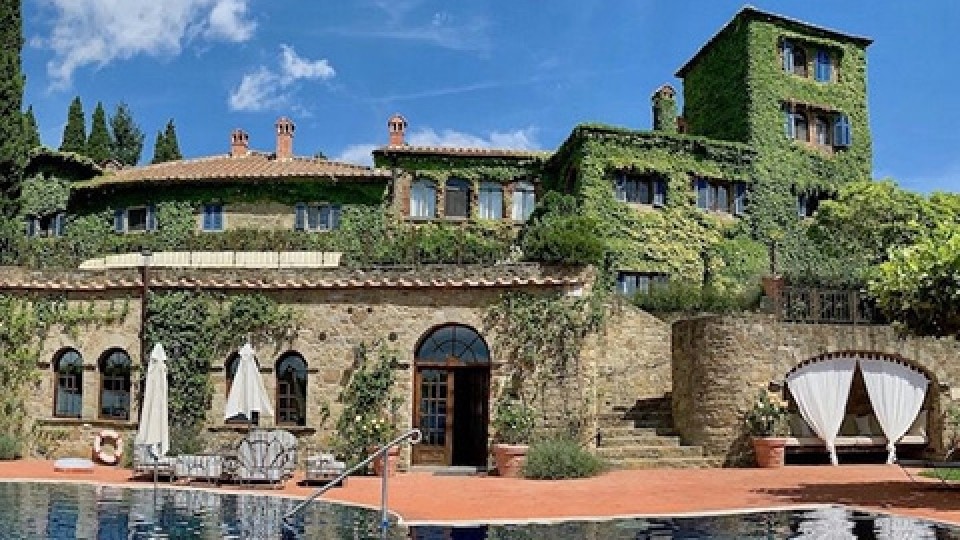
Interested in our cooking courses at one of our Tuscan villas?
Do you want to enjoy our Tuscany cooking classes with plenty of time to explore in your free time, all while staying in an amazing villa?
Reviews
How our guests experienced the Tuscookany courses
Reviews from our former guests made about their visit to Tuscookany on TripAdvisor, facebook, Twitter, Google, Chow and Yelp.


